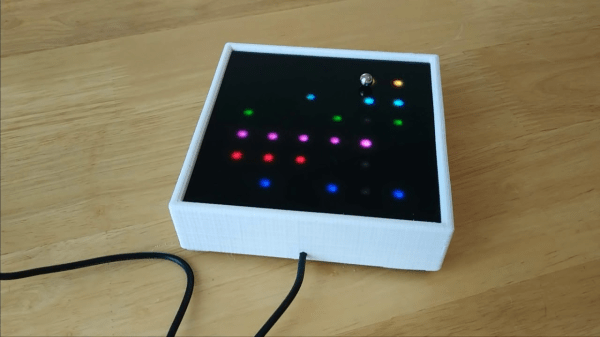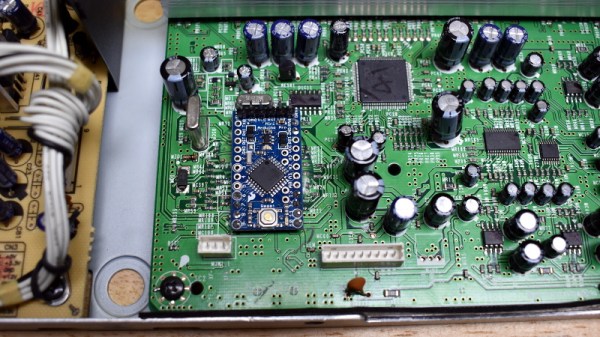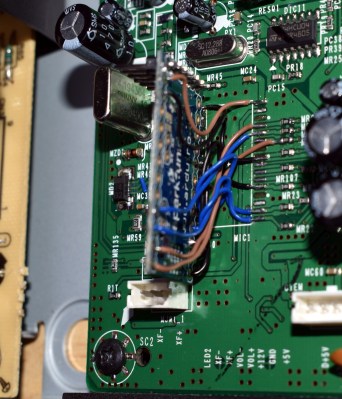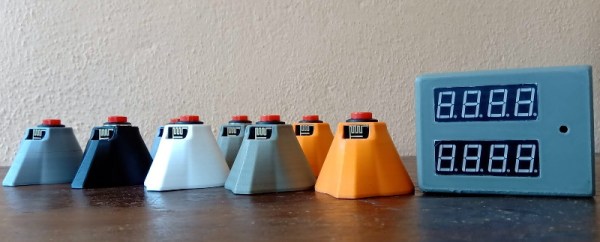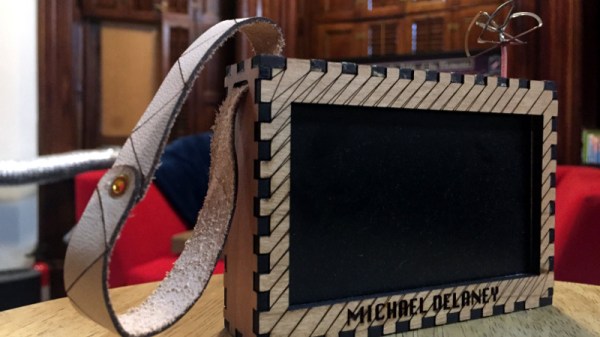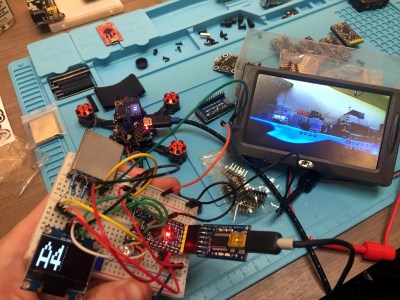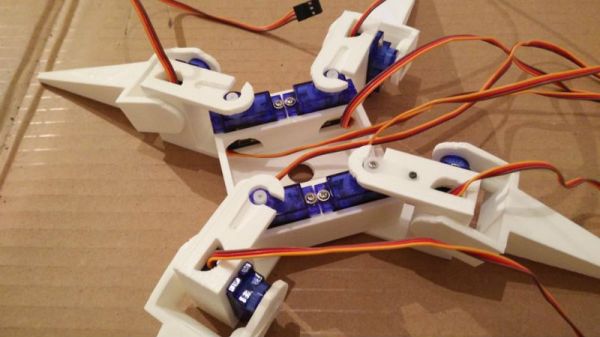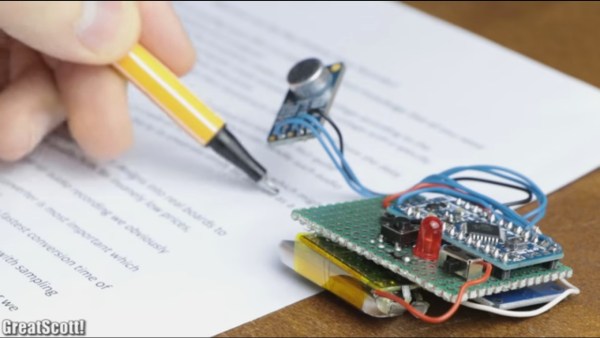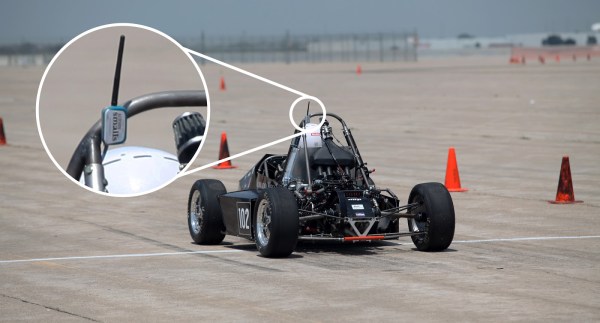Magnets (especially those ball magnets!) are endlessly fascinating, aren’t they? It’s almost dangerous to combine them with LEDs, because how are you supposed to get anything done with something like [andrei.erdei]’s Arduino Magnetic Board beckoning from beyond your keyboard?
This tons-of-fun board uses ball magnets to light up RGB LEDs as they roll around on the sexy Plexiglas field. Underneath the LED matrix is an orchestra of 36 reed switches — those little glass gas-filled grains of rice with axial leads that snap together or fly apart in the presence of magnetic fields. The LEDs are controlled with an Arduino Pro Mini, and so is the 8Ω speaker for sound effects.
[andrei.erdei] has already developed a few applications for this delightful desk toy, and they’re all on GitHub. There’s a chase game that involves tilting the board to catch the next red dot with the magnet, a light painting game, and a sequencer that mimics the ToneMatrix. Roll past the break to check out the series of short demo videos.
Want to play with reed switches but can’t source any at the moment? You could just make them yourself.
Continue reading “Arduino Magnetic Board Is Anything But Boring”

